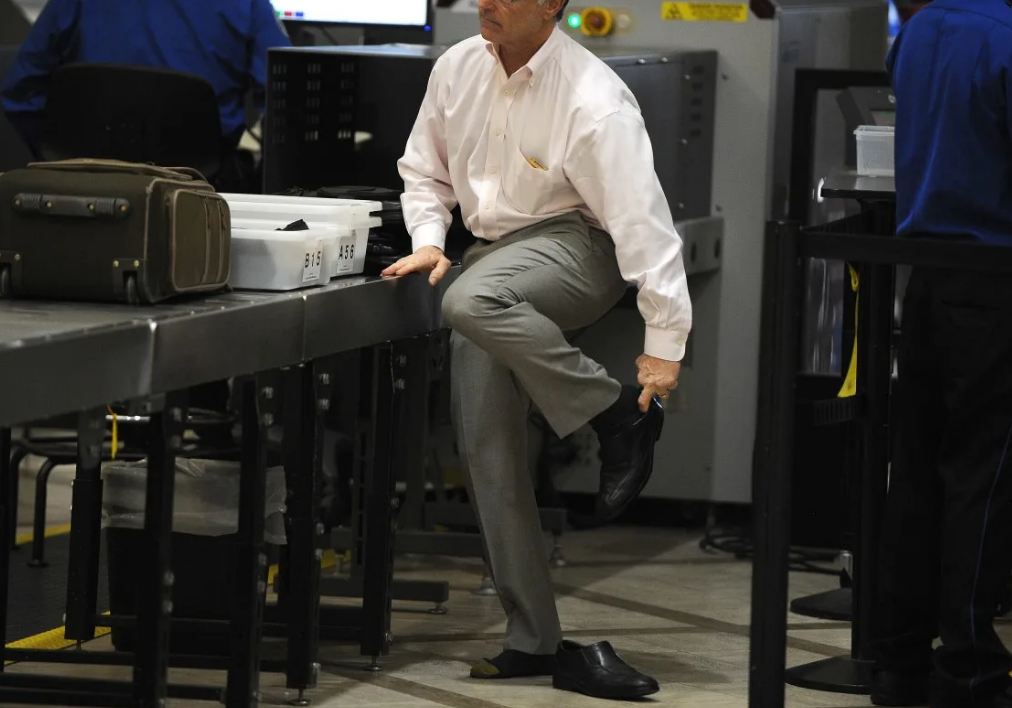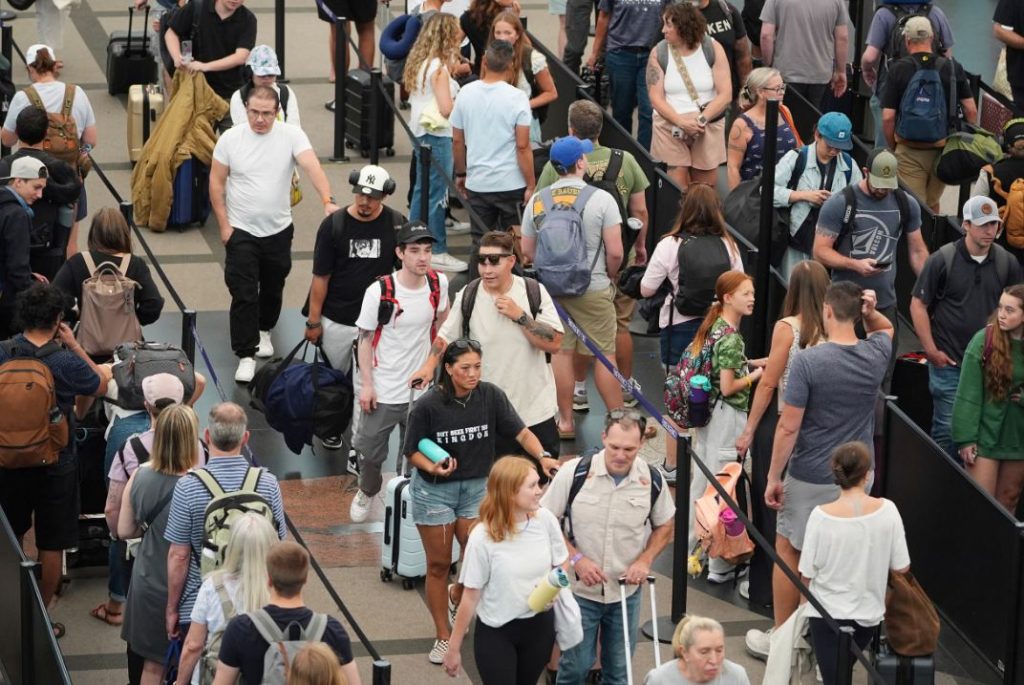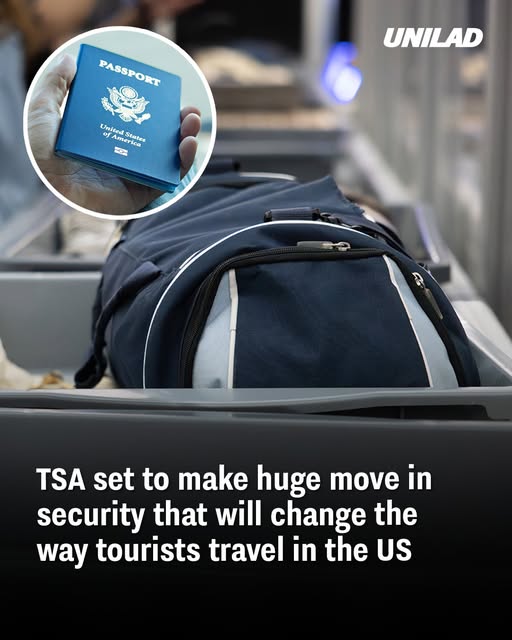Travelers heading through U.S. airports will soon experience a more streamlined security process. According to recent announcements and memos, the Transportation Security Administration (TSA) is rolling out significant updates aimed at reducing wait times and enhancing the passenger experience.
1. No More Mandatory Shoe Removal
Since 2006, all non-PreCheck passengers were required to remove their shoes following the 2001 “shoe bomber” incident. However, TSA agents received memos in early July confirming that shoes will no longer have to be removed at select airports beginning July 13, with full nationwide implementation expected imminently.
Initial rollouts include:
- Baltimore/Washington (BWI)
- Fort Lauderdale (FLL)
- Cincinnati/Northern Kentucky (CVG)
- Philadelphia (PHL)
- Portland (PDX)
- Piedmont Triad (GSO)
Early reports suggest that travelers at LAX and LaGuardia have already begun keeping their shoes on.

2. Why the Change?
Homeland Security Secretary Kristi Noem confirmed the change, citing upgraded scanning technology and a multi-layered security system that allows TSA to maintain standards without relying on shoe removal. The goal is to modernize checkpoints in time for high-profile events like the World Cup and America 250 celebrations, while also reducing bottlenecks.
3. What This Means for Travelers
Everyone benefits: Shoe-removal will no longer be automatic for general-screening passengers—PreCheck was the only exception previously. Still subject to screening: Shoes may be removed if they trigger alarms or upon special request. PreCheck remains advantageous: PreCheck still offers perks like keeping belts on, leaving laptops in bags, and enjoying consistently short lines (~10 minutes) vs. ~30 minutes elsewhere.
4. Broader Updates Coming to TSA Procedures
Beyond the shoe ban, the TSA is implementing several additional changes designed to streamline travel in 2025:
Update Details
REAL ID enforcement Began May 7; a star-marked REAL ID or passport is now required for domestic flights. Automated & self-screening lanes New lanes speed up bin loading and identity verification by ~30–40% .
Digital IDs accepted TSA now accepts mobile driver’s licenses via Apple/Google Wallet in major hubs (LAX/ATL/DEN/DFW/PHX/BWI) .
Facial recognition & CT scanners Facial scans match traveler IDs (~97% accuracy); CT scanners allow luggage to stay packed longer .
Specific lanes for military & families New designated lanes and PreCheck perks for service members, Gold Star families, and military dependents .
5. Traveler Tips
Check your ID status: Ensure your license is REAL ID-compliant to avoid extra screening. Enroll in PreCheck: For ~$78 (5-year membership), you’ll enjoy faster processing and consistently smoother checkpoints. Use digital ID where available: Can help cut down on handling physical documents. You may not need to remove liquids or electronics at new-equipped airports.
Final Take
U.S. airport security is undergoing a major refresh. The end of the shoes-off rule for all general-screening passengers marks a big shift, followed by technological upgrades that promise quicker lanes, mobile IDs, facial recognition, and dedicated services for military and families. These changes aim to boost efficiency without compromising safety. Whether you’ve flown TSA PreCheck for years or are a first-time traveler, it’s wise to stay informed—especially about your ID and checkpoint options.

Conclusion
The TSA’s new approach to airport security marks a significant step toward making travel more efficient and less stressful for passengers. Eliminating the mandatory shoe removal policy at checkpoints is just one of several updates aimed at modernizing the screening process. Combined with enhanced technologies like facial recognition, digital IDs, and self-service lanes, these changes are designed to reduce wait times while maintaining strong security standards. As the rollout continues across U.S. airports, travelers can expect a smoother experience—especially if they take advantage of tools like TSA PreCheck or ensure they have REAL ID-compliant documentation. Staying informed about these updates can help you move through security faster and start your journey with less hassle.

















